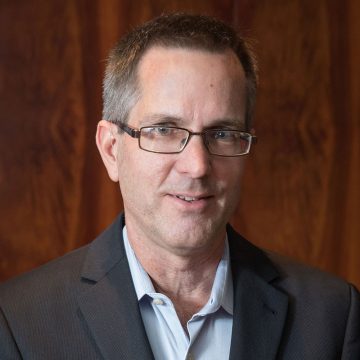
Dr Peter Mollee
Australian patients with amyloidosis face a lottery where they may be denied effective medication depending on how strictly their physician interprets the letter of PBS rules, a haematologist has told a parliamentary inquiry.
Dr Peter Mollee, head of the Myeloma Service and the Princess Alexandra Hospital Amyloidosis Centre in Brisbane, told the House of Representatives Standing Committee on Health that the system was unfair and should be urgently addressed.
He said there was no TGA-approved, PBS-listed therapy for AL amyloidosis, the most life-threatening of the amyloidosis diseases.
However, some doctors would prescribe chemotherapy-based treatments for the condition which were approved for treatment of myeloma, a related blood cancer.
“There are many effective treatments based on chemotherapy for a related blood cancer called myeloma, but access is inequitable. A newly diagnosed patient may have their treatment funded by one hospital or be in a hospital five kilometres away where local funding is not available.”
Asked to elaborate, Dr Mollee said: “The PBS recommendations do not say amyloidosis, but there is an overlap between myeloma, a cancer, where lots of drugs are approved and funded. Some doctors, myself included, are happy to work in that uncomfortable area, but some aren’t and you can’t criticise them for that.”
He said a physician may interpret the PBS criteria as allowing them to prescribe this effective therapy, or they might have the opposite opinion.
“There are so many issues. If you’ve got a highly expensive PBS funded drug and you’re a public patient, the public hospital has to pay for it. And they’re not funded for that, they don’t have the money, so what happens is you don’t get it. In the private hospital, it is reimbursed through the PBS system. There’s no barrier. That’s grossly inequitable. A patient in a public hospital is missing out on a PBS funded drug because of the state-federal agreement on healthcare funding. That’s a big
problem that needs to be addressed.”
Dr Mollee said the lottery meant treatment might be available to some patients on medicines access programs or clinical trials, by self-funding, or even by leaving the country to access these drugs overseas.
The PBAC has done a good job making drugs for blood cancers available, but there was a hughe problem around drugs for rare diseases for which there was little data or interest from pharmaceutical sponsors.